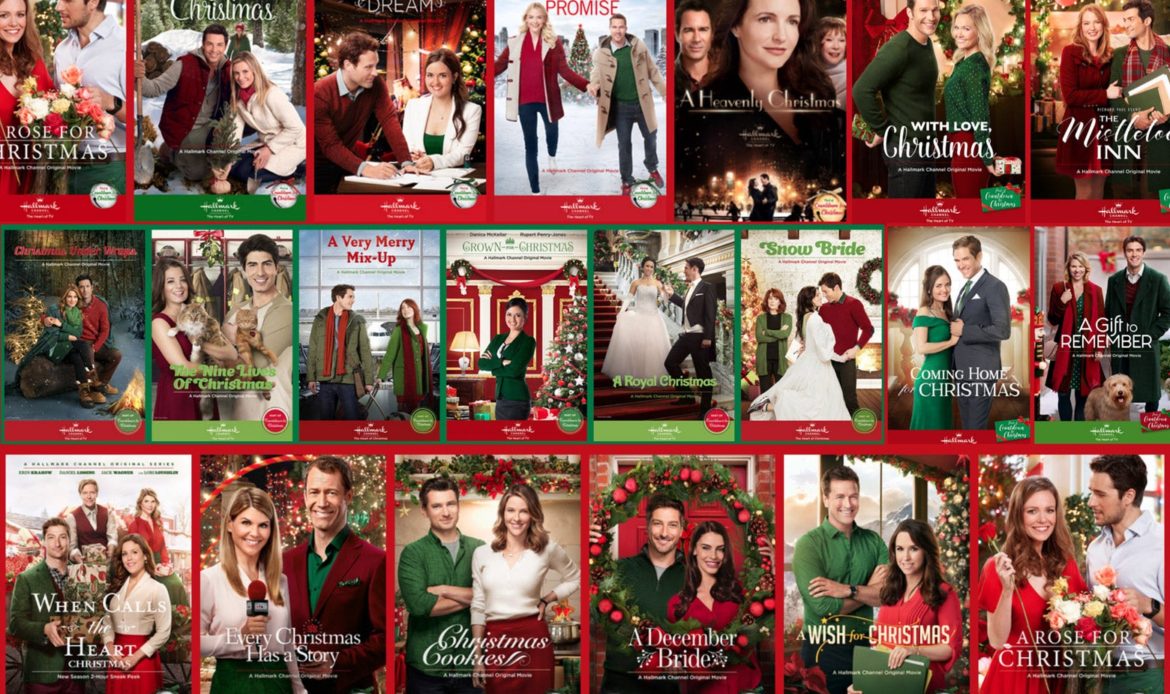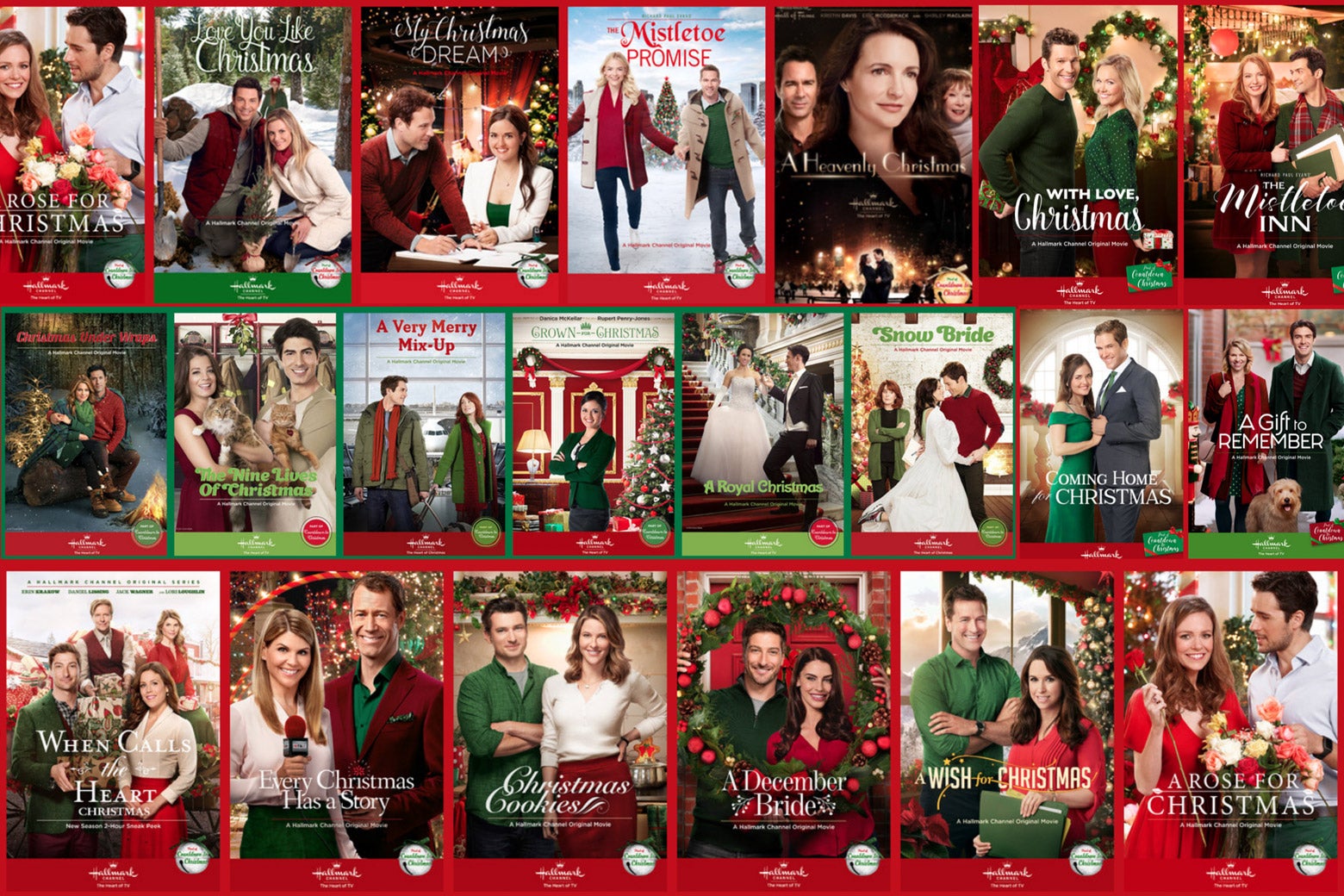What’s the Deal with “Bad Art” ?: My Take on Holiday Films in All Their Glory
Hallmark isn’t churning out these movies for us, they’re doing it for profit. There’s nothing groundbreaking about it.
KE Xu
Have you watched Squid Game? I have.

It was hard to get through October without it leaping at you from every source, be it social media, the news, or even just random people you met on the street. The show was the perfect blend of intense, character-driven drama, sharp social criticism and, hey, the money didn’t hurt. Bloomberg says that the first season of the series is valued at nearly $900 million, having reached unprecedented levels of worldwide success. But as the spooky season transitions into holiday buzz, the hype of horror wanes and slows, as most of us return once again to our annual festive essentials. Turns out, Squid Game was an anomaly in the pool of success stories. Everyone knows that the true money lies in mass-market Christmas movies.
In 2021, the Hallmark Channel has planned the release of 66 original film programs, 36 of which are holiday-related. To date, each of them has been viewed at least a million times, and yet, I don’t think I could name a single one off the top of my head. Even so, the company just keeps churning them out, year after year after year, apparently to great success. A low budget coupled with increased viewership around the holidays leads to an annual money-farm in which large corporations, like Hallmark, just rake in the profit.
We all know the story. Boy meets girl in a quaint little holiday town. One of them is royal or at least a super-rich hotshot venture capitalist. Everyone’s cute, everyone’s charming. Everyone acts exactly the same. There’s a scene where they go ice skating and another where they walk around a Christmas market or a town square, laughing underneath glistening garlands and fake powdered snow. In the end, the leading man will confess his love, at which point it’s happily ever after for you and me and everyone.
Oh yes, and the town is also 90% white, and there are never any gay people at all.
Actually, that’s not entirely true. Just last year, Hallmark debuted its first leading same-sex couple in their trailblazing movie, The Christmas House. Surprisingly, the film also featured an interracial couple. That’s right, a single person of colour! That’s two whole diversity boxes checked off the list! They’re trying so hard, maybe we should cut them some slack.
Or, maybe not. Why are we supporting these companies again? Are we really such mindless consumers that we are content repeatedly watching the same films that we’ve seen hundreds of times before? Hallmark isn’t churning out these movies for us, they’re doing it for profit. Haven’t we learned anything from Squid Game? To make matters worse, these movies are just objectively bad. They teach outdated values and hire lead actors that are already famous. There’s nothing groundbreaking about it.
Then again, maybe I’m judging the films too harshly. After all, millions of people are tuning in to the channel every year, searching for warmth and comfort on cold, winter nights. These predictable holiday movies are just pumping us full of suffocating nostalgia and familiarity. They are always the same. When you put one on, you know exactly what you’re getting the next hour and a half. It’s the type of mind-numbing escapism that you just can’t look away from.
But what’s the deal with “bad art” anyway? Are we to claim that no entertainment has any value unless it’s deemed “meaningful” by the almighty critics above? Not every film has to be the next big social commentary. Maybe we should just allow people to enjoy the things they enjoy on a purely subjective level.
Do I want to watch deep, thought-provoking films like Parasite, Citizen Kane, or The Truman Show? Of course. Am I in the mood to think at the moment? Absolutely not. The holiday season leaves us all wanting a little more relaxation and a little less “society is out to get you.” I love it here in Toronto, but do I sometimes wish I was in one of those quaint little holiday towns with not a worry in the world? Why pretend? You already know I do.
Even so, I wonder: should we endorse corporations that settle for subpar, recycled programming when the mass viewership of these programs actually discourages producers from providing opportunities to undiscovered or undervalued creators? Honestly, I really don’t know.
What I do know is that in the past few years, we have seen the increased popularity of brilliant works from artists and creators who are just as diverse as the stories they tell.
Are all of these works considered “high art”? Surely not. In fact, I can think of many diverse films and TV shows that have been critically panned, and yet, that doesn’t make their existence any less important. Forcing inclusive media to constantly break new ground is exhausting, not only for the creators but for the viewers as well. The sentiment of “be better than us or get out” is constantly pushed onto BIPOC and LGBTQ+ creators by the predominantly white and cishet (cisgender and heterosexual) entertainment industry, and it’s just so consciously oppressing. If the only way for certain groups of people to break into the industry is through utmost perfection, then it’s really not inclusion but exploitation.
Diverse voices need to be heard in every genre, be it drama, horror, or even fluffy holiday films. As consumers, we cannot segregate media into distinct categories of “good art” that’s diverse and “bad art” with no diversity at all. Instead, we must push for diverse, creative, and dedicated people to receive opportunities to tell the stories they want to tell. Whether it’s groundbreaking shouldn’t matter in the least.
This holiday season, I challenge Hallmark to think seriously about whether their holiday movies provide these kinds of opportunities. If they think hard enough, the breakthrough may even lead to unprecedented financial success.
